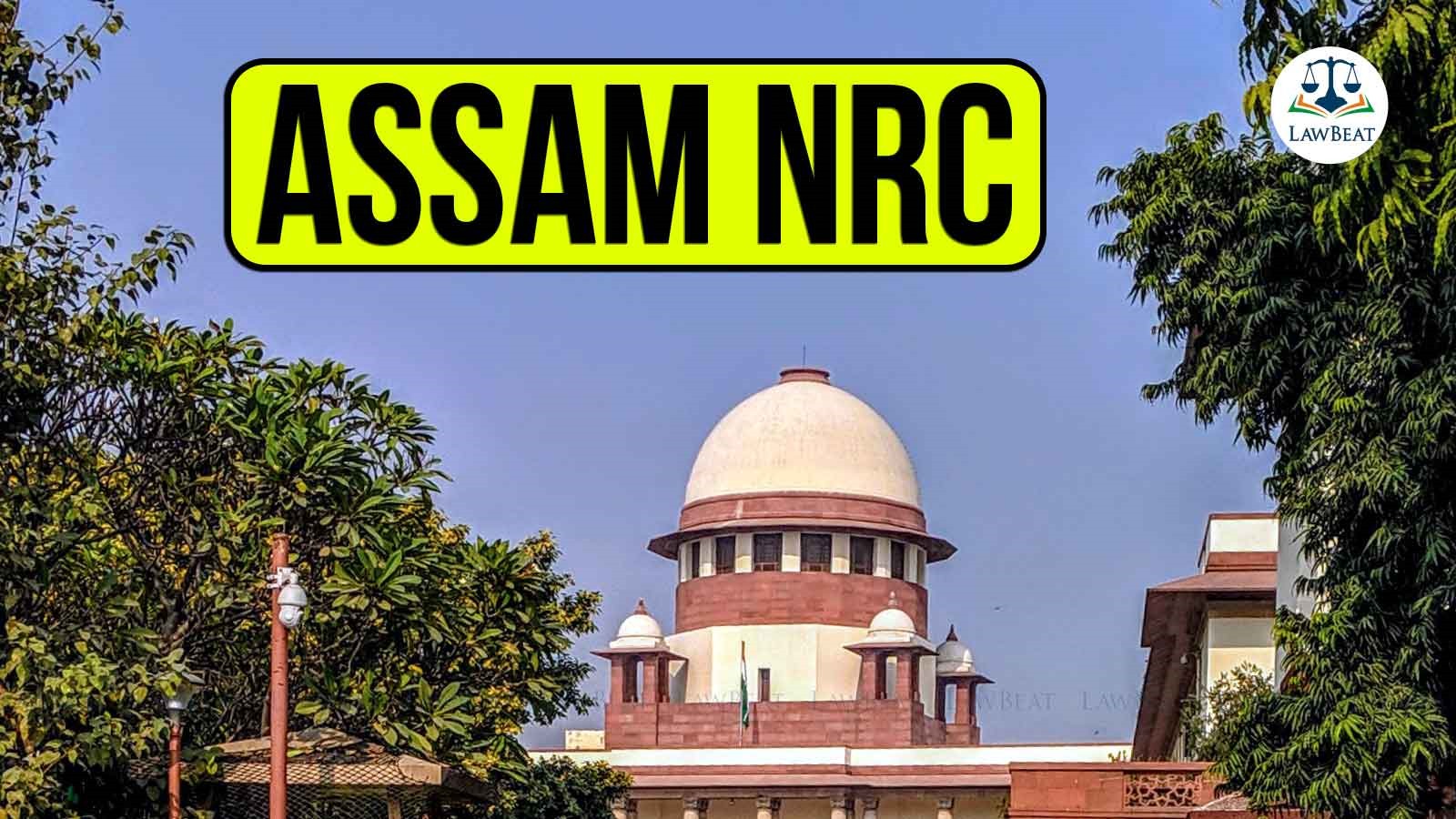Assam NRC| Illegal immigration-clandestine and surreptitious; Can’t get accurate data, Centre tells Supreme Court

In response to the Supreme Court's directions, an affidavit has filed by the Union Ministry of Home Affairs stating that the detection, detention, and deportation of such illegally staying foreign nationals is a complex ongoing process
The Union government has claimed before the Supreme Court that illegal migrants entered into the country through Assam and other states without valid travel documents in a clandestine and surreptitious manner, so it is not possible to collect accurate data of such people.
An affidavit filed by Ajay Kumar Bhalla, Secretary, Ministry of Home Affairs stated, “The detection, detention, and deportation of such illegally staying foreign nationals is a complex ongoing process.”
The apex court had on December 7 sought details of the estimated inflow of illegal migrants to Assam and other north eastern states after March 25, 1971.
Home Secretary’s affidavit says that 17861 persons who had come into Assam between January 1, 1966 and March 25, 1971 were granted citizenship, however, a total of 14346 foreigners were deported between 2017 and 2022, due to reasons like overstay, visa violation, illegal entry etc.
The response adds that 32,381 of those who entered the country between January 1, 1966 and March 25, 1971 have been detected to be foreigners by an order of the Foreigners Tribunal under the Foreigners (Tribunal) Order, 1964 till October 31, 2023.
Supreme Court's Constitution bench is hearing petitions challenging the constitutional validity of Section 6A of the Citizenship Act, 1955, after signing of the Assam accord.
With regard to border fencing, the Home Secretary said for the entire Indo-Bangladesh border, about 81.5% fence work has been completed in feasible length and about 28.2% of non-feasible gaps (riverine/nallah gaps etc in Assam and Tripura) have been covered by deploying technological solutions.
“State of Assam shares approximately 263 kms international border with Bangladesh. Out of which, about 210 kms has been covered by fence and remaining non-feasible length has been covered with technological solutions,” it said.
West Bengal shared about 2216.7 kms of border with Bangladesh, of which 78% of the border of feasible length is covered with a fence.
“West Bengal government follows a far slower, more complex Direct Land Purchase Policy even for national security projects such as border fencing. Due to the non- cooperation from State Government regarding resolving various issues of Land Acquisition, considerable delays have occurred in acquiring the necessary land, thereby impeding the timely completion of fencing in West Bengal along Indo Bangladesh border which is a vital national security project," the affidavit said.
The Home Secretary add that the Ministry has also sanctioned 301.254 kms, replacement or upgradation of New Design fence in West Bengal. Out of this, 56.21 kms new design fence work is in progress and for remaining length tendering is in process.
Keeping in view the vulnerability of border, BSF had carried out a vulnerable mapping exercise to identify the vulnerable stretches (non- feasible stretches/stretches along existing fence) along the Indo-Bangladesh Border. To cover these vulnerable stretches, Government of India had sanctioned a Low Cost Technological Solutions (LCTS) covering a total length of 281 kms along Indo-Bangladesh Border, which is in progress and likely to be completed by September, 2024, it further said.
"All efforts are being made to secure the remaining length of Indo- Bangladesh Border either by fence or by Technological Solutions. The fence work is likely to be completed in three (03) years time (after availability of encumbrance free site) and the Technological Solutions are expected to be put in place in two (02) years time," the affidavit states.
Cause Title: In Re: Section 6A of the Citizenship Amendment Act, 1955
